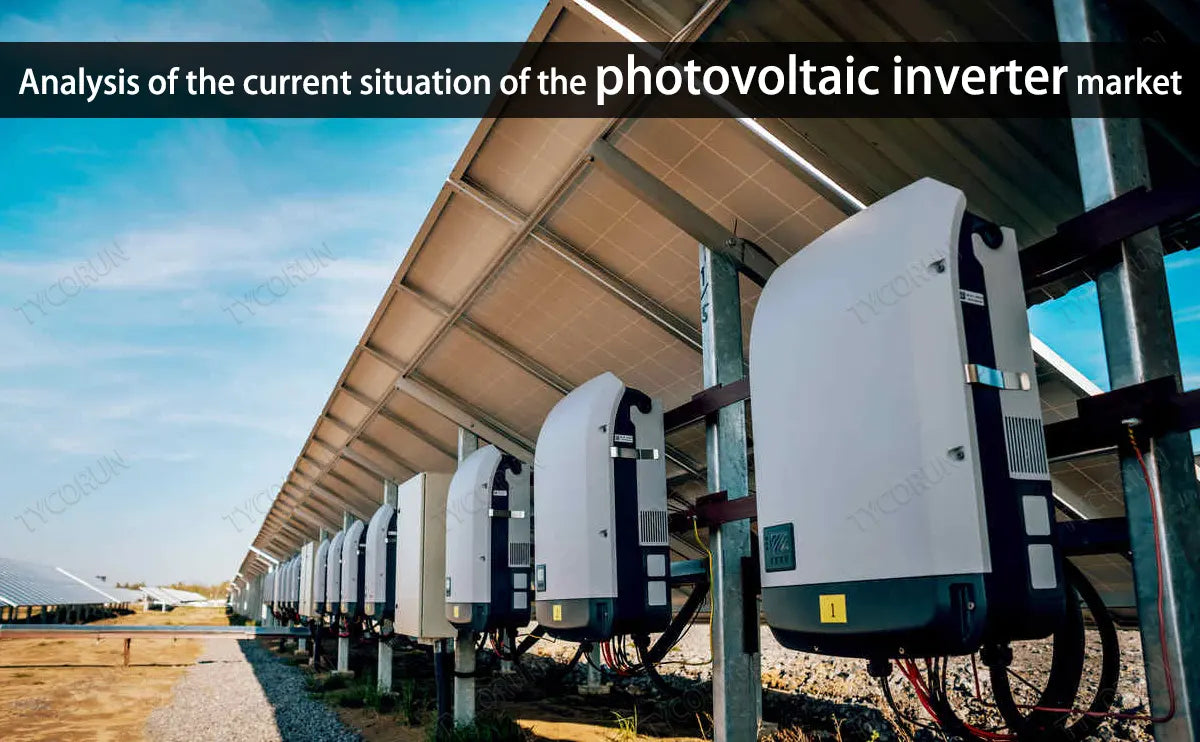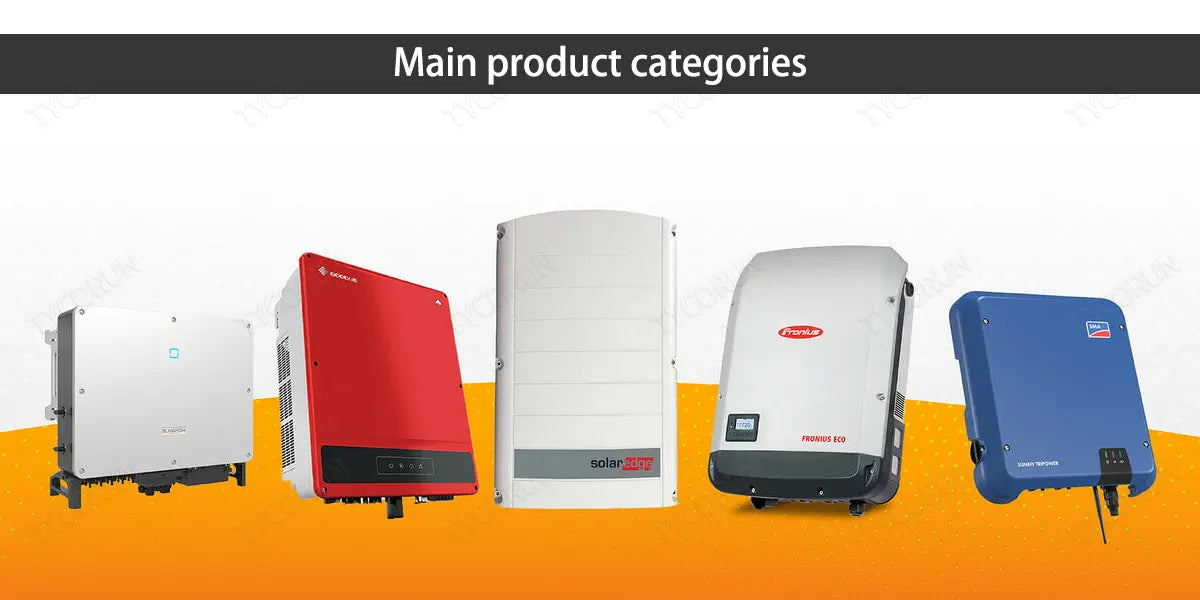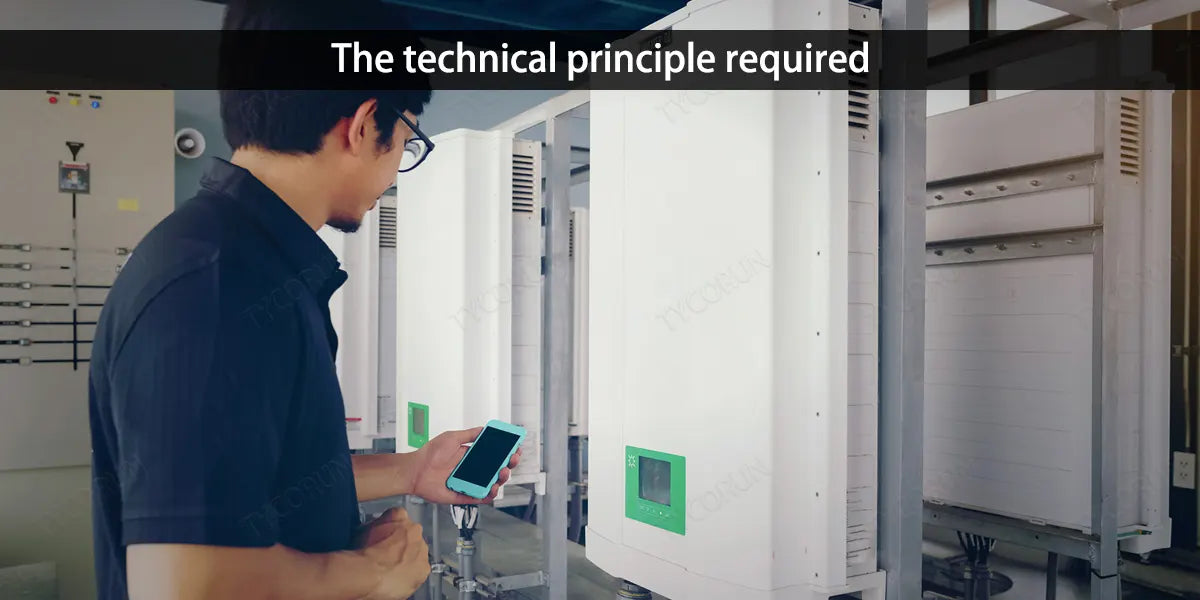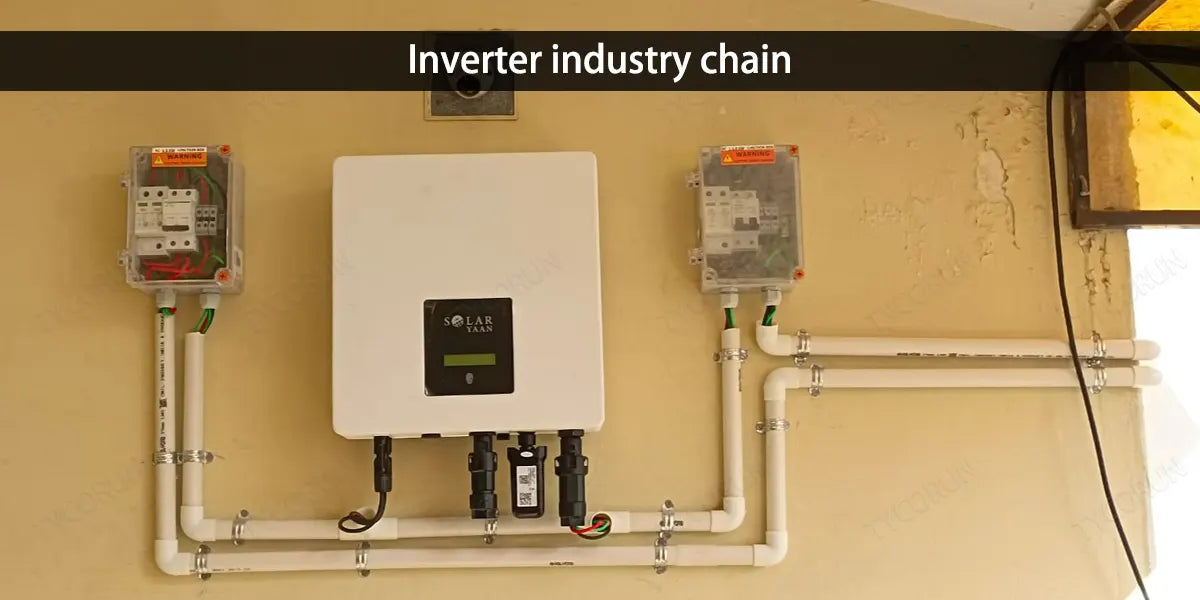
Main content:
1. What is a photovoltaic inverter
The inverter converts DC electrical energy into alternating current. In layman's terms, an inverter is a device that converts direct current (DC) into alternating current (AC). It consists of an inverter bridge, control logic, and filter circuitry.
It converts low-voltage direct current into an electronic device with 220 volts alternating current. We usually use 220 volt alternating current rectifier to convert direct current, and the PV inverter does the opposite, hence the name.
2. The role of the inverter
As the power conversion equipment of photovoltaic power plants, inverters occupy a pivotal position in the entire power station. The photovoltaic inverter is a power electronic device that converts the low-voltage direct current generated by the module into alternating current, which is connected to the load or incorporated into the power grid.
It is the core device in the photovoltaic system. The grid-connected inverter has the following main functions:
- Convert the direct current generated by the photovoltaic module into alternating current.
- Dynamically find and use the maximum power point (MPPT) to maximize the available power through the maximum power tracker.
- Record the operating data, and provide current, voltage and related protection of the local grid.
3. Main product categories
At present, inverter products are mainly divided into four categories:
- Centralized
The power range is 250 KW–10 MW, mainly used in large ground power stations.
- Distributed
The power range is 1 MW–10 MW, mainly used in complex, large-scale ground power plants.

- Stringed
The power range is 1.5 KW–250 KW, mainly used for residential, industrial and commercial distributed and ground power stations. Like 1000 watt inverter and 2000 watt inverter.
- Miniature
The power range is generally less than 4 kW, and it is mainly used in small and medium-sized power stations, such as distributed power stations.
Based on the consideration of photovoltaic safety issues, it is also increasingly used in large-scale industrial and commercial distributed power stations. Each component in the system can be inverted and independently controlled by MPPT, which can greatly improve the overall efficiency and also avoid high DC voltage, weak light effect, barrel effect, etc. of traditional inverters.
4. The technical principle required
Based on its stability and safety, photovoltaic inverter is the core equipment in photovoltaic power generation system, which relies on MPPT technology to maximize the output power of photovoltaic array.
The photovoltaic module removes current fluctuations and electromagnetic interference from the direct current generated by sunlight, and then transfers the alternating current to the inverter through the convergence kit. Thus, the inverter process of converting direct current to alternating current can be integrated into the grid or supplied for load purposes.

Among them, the photovoltaic inverter is composed of a logic control circuit, a filter circuit and an inverter circuit, in which the inverter can realize the inverter function through the conduction and shutdown of the inverter circuit power electronic switch. Therefore, the inverter circuit is an important device of the inverter.
5. Industry background in China
Smart photovoltaic with energy storage has been innovatively applied in the fields of industry, agriculture, construction, transportation and EVs, and the fourth batch of smart photovoltaic pilot demonstration lists has been released.
With more than 400 million kilowatts of solar energy already installed in China, it's hard to see another country building a solar industry on the scale of China. At least in the next 5 years, the world's photovoltaic industry will rely on China.
Developing a new energy system is a strategic choice to promote China's green and low-carbon transformation and achieve the goal of carbon peak and carbon neutrality.
Guide large-scale photovoltaic power generation projects to use the Gobi, deserts, and other unused land for construction, promote the healthy and orderly development of the offshore photovoltaic industry, and guide the layout of offshore wind power to the deep sea.
6. The current state of market development
At present, European inverter inventories are at the upper end of the normal inventory turnover level. European dealers usually control the number of stockpiles in the fourth quarter, and purchases in the third quarter are more cautious.

Those entering the inventory adjustment period may face some pressure to close. U.S. exports in July fell month-on-month, and U.S. inverter inventory levels were once at a high level, and sales volumes were slightly lower and did not appear effective, which had a slight impact on exports.
However, countries in regions such as Sweden, Russia, Malaysia, Vietnam and Africa still maintain high export growth rates. Due to the good global PV demand this year and the imminent arrival of a large number of installed capacity in the third quarter, it is expected that subsequent inverter demand will remain high.
7. Inverter industry chain
● Upstream of the industrial chain: IGBT module
The global IGBT module industry concentration is high because IGBT modules can directly affect the power generation efficiency of the downstream terminal power station of photovoltaic inverters, and the bargaining power in the upstream field of the photovoltaic inverter industry chain is strong.
● IC semiconductor (PMIC power management chip)
Power management chip is one of the core components of a photovoltaic inverter, its Chinese market concentration is low and mainly imported from international manufacturers, but with the technological breakthrough of Chinese companies in power management chips, it is expected to break barriers in the next five years.
● Midstream of the industry chain: photovoltaic inverter manufacturers
In the middle of China's photovoltaic inverter industry chain, the products of such companies are mainly string type and household type(used in home energy storage), of which string competition is fierce compared with centralized and household type.

● Downstream of the industry chain: customer groups
The downstream customers of China's photovoltaic inverter industry chain are mainly photovoltaic power generation system integrators, EPC contractors, distributors, installers, and terminal power station owners, and their sales channels are mainly based on direct sales in the Chinese market and distributors in the international market.
8. Conclusion
With the continuous development of big data, cloud computing, Internet of Things, mobile Internet and other related technologies, the demand for intelligent power electronic equipment will continue to increase.
Among them, component-level monitoring equipment that can intelligently diagnose, accurately locate fault points, and improve efficiency is increasingly favored by the market. Only by continuing to carry out innovation of digital and intelligent equipment can we be in a favorable position in the competition.
Tycorun, known as one of the top inverter manufacturers in the world, has a diverse selection of inverters to cater to multiple requirements and applications. Their usual product lineup includes:3000w inverter, 2000 w power inverter, 1000 watt power inverter, 500 watt power inverter
Related articles: off grid solar batteries, top 10 PV inverter companies, solar microinverter